RIDGID R4511 User manual
Other RIDGID Saw manuals
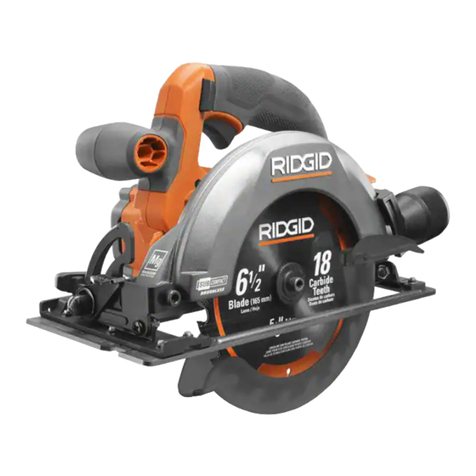
RIDGID
RIDGID R8656 User manual
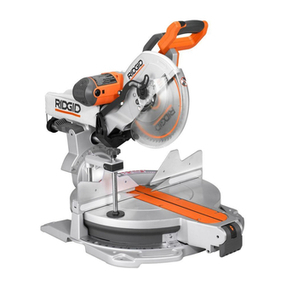
RIDGID
RIDGID MS1290LZ User manual

RIDGID
RIDGID R41221 User manual
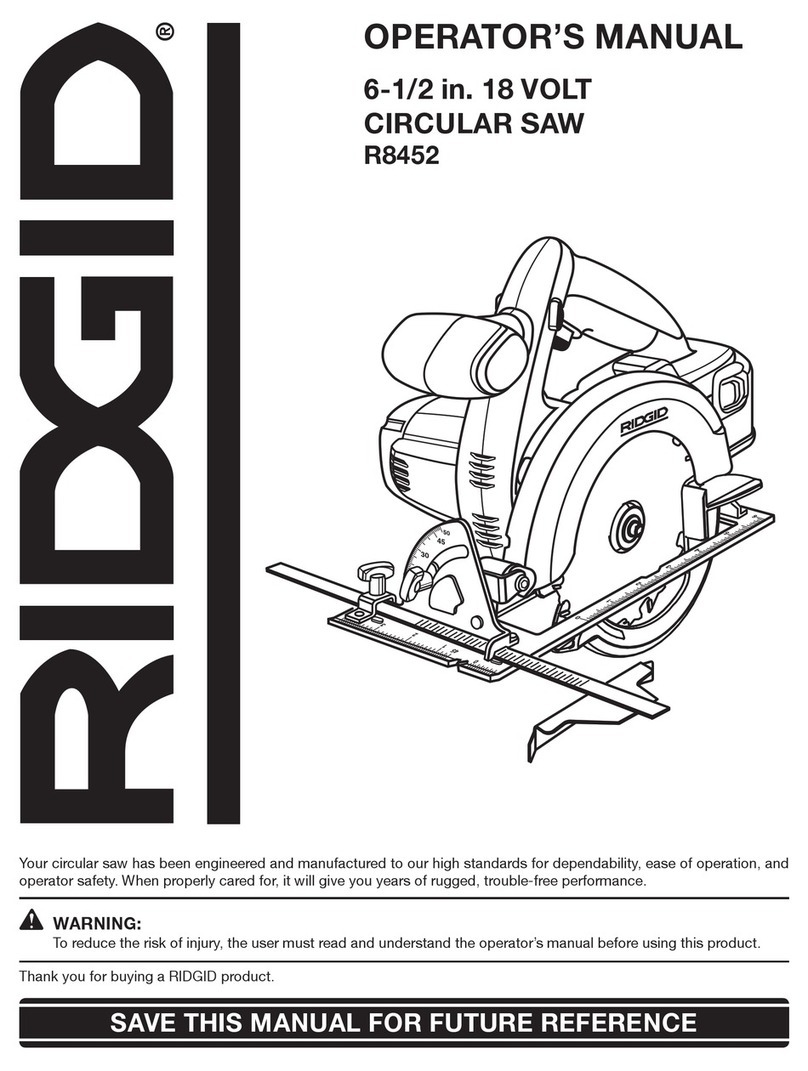
RIDGID
RIDGID R8452 User manual
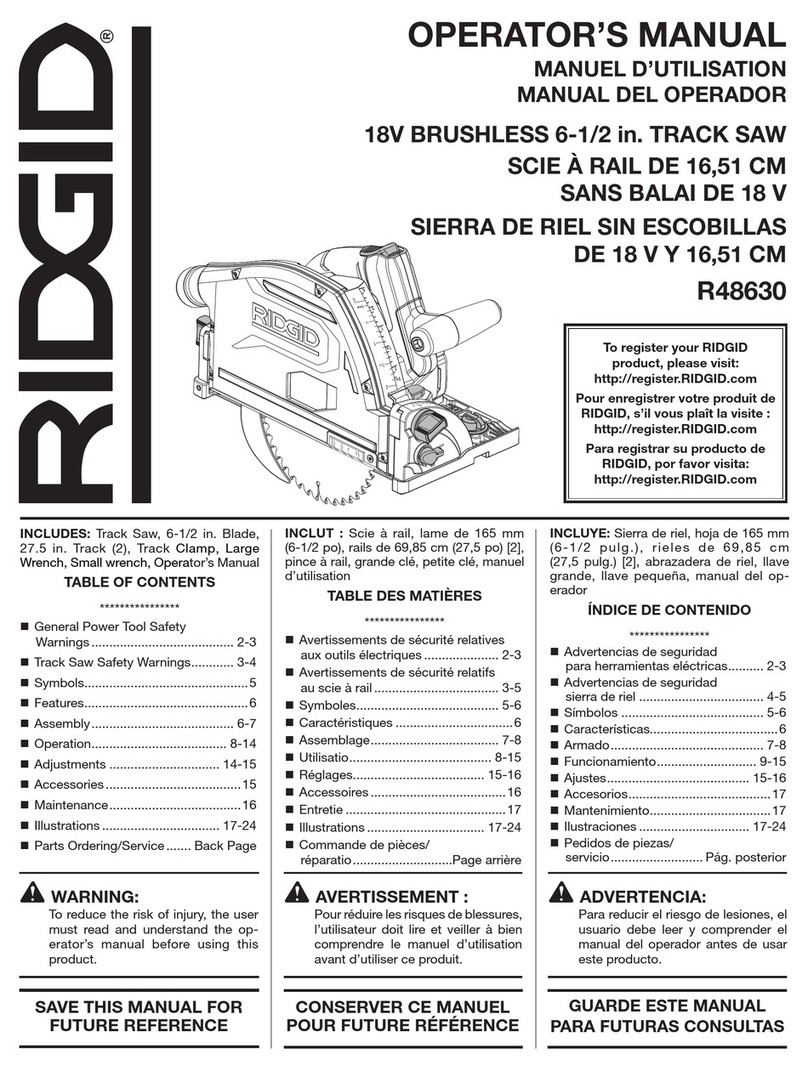
RIDGID
RIDGID R48630 User manual
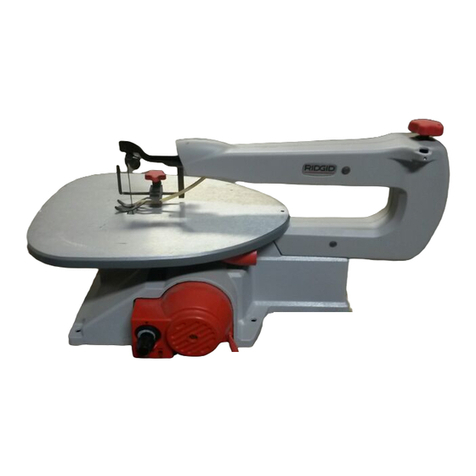
RIDGID
RIDGID SS1650 1 User manual

RIDGID
RIDGID R3020 User manual
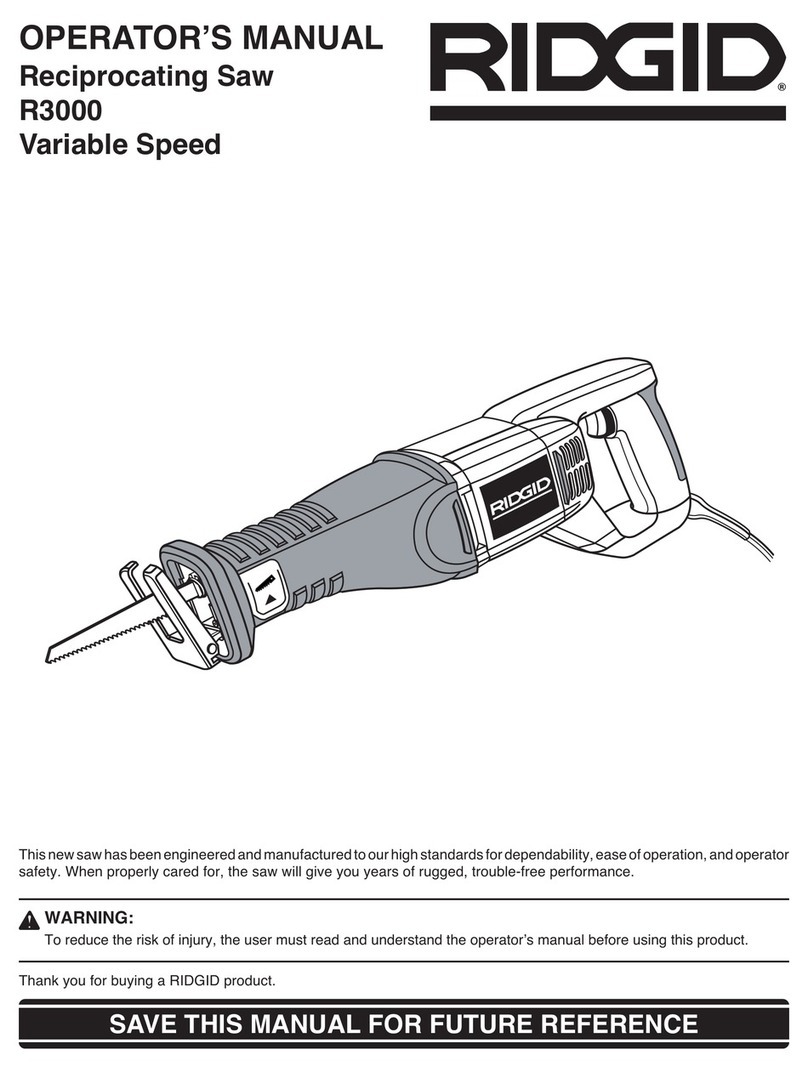
RIDGID
RIDGID R3000 User manual

RIDGID
RIDGID R48607 User manual

RIDGID
RIDGID MS1250 User manual
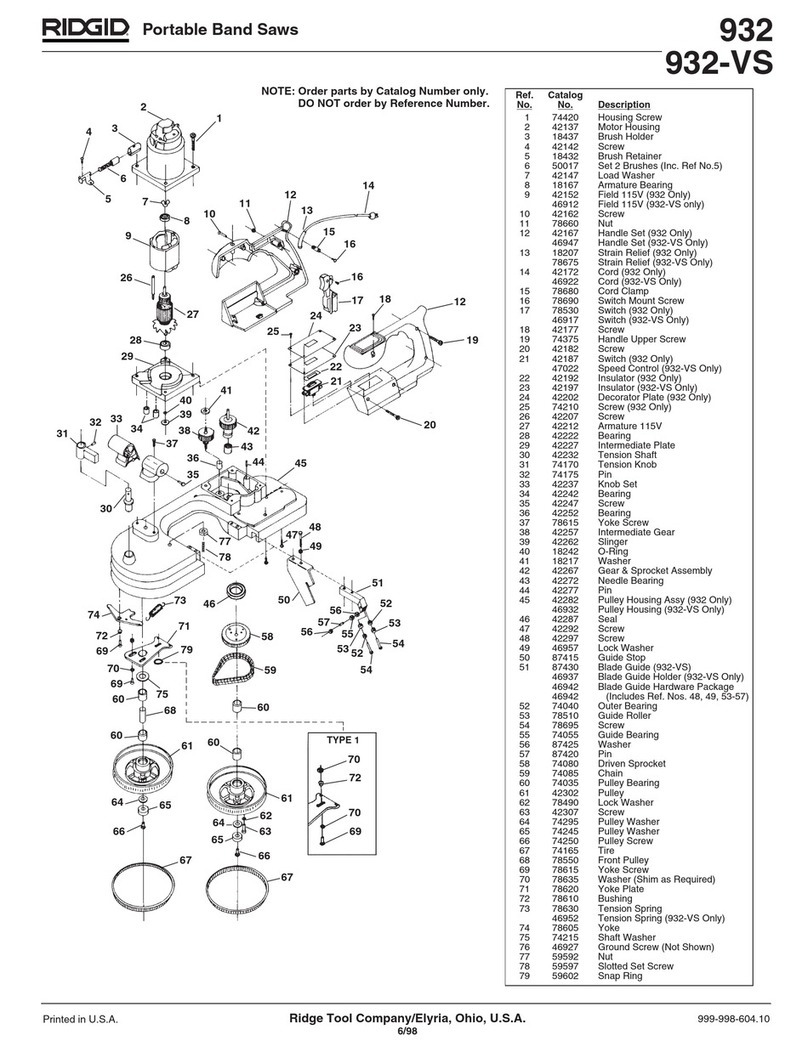
RIDGID
RIDGID 932-VS User manual

RIDGID
RIDGID PCS-500 User manual

RIDGID
RIDGID R4222T User manual

RIDGID
RIDGID R4113 User manual

RIDGID
RIDGID MS1065LZA User manual

RIDGID
RIDGID R4141 User manual
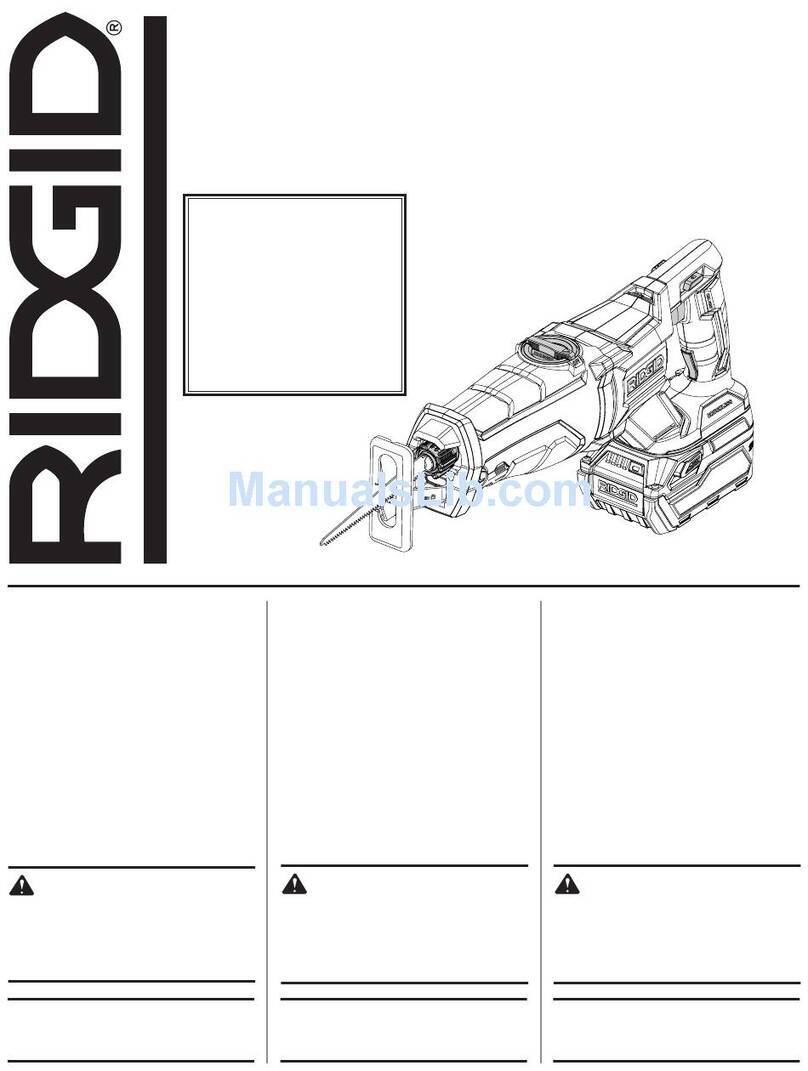
RIDGID
RIDGID R8643 User manual
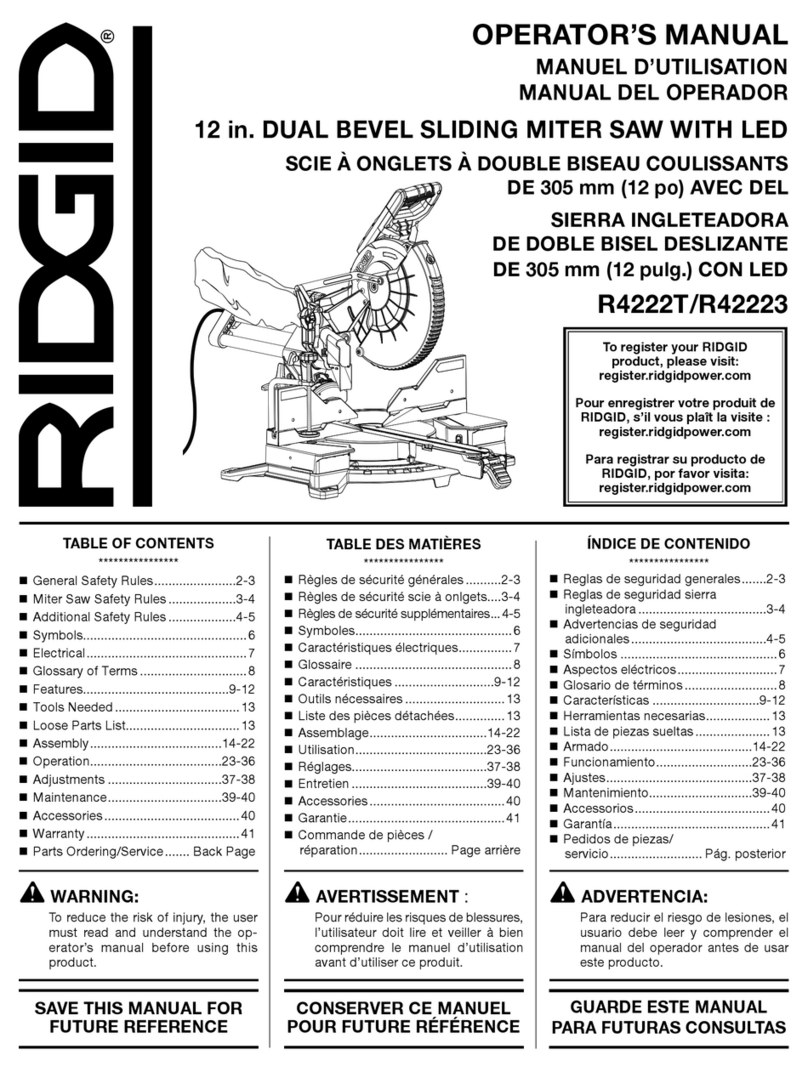
RIDGID
RIDGID R4222T User manual

RIDGID
RIDGID R4560 User manual
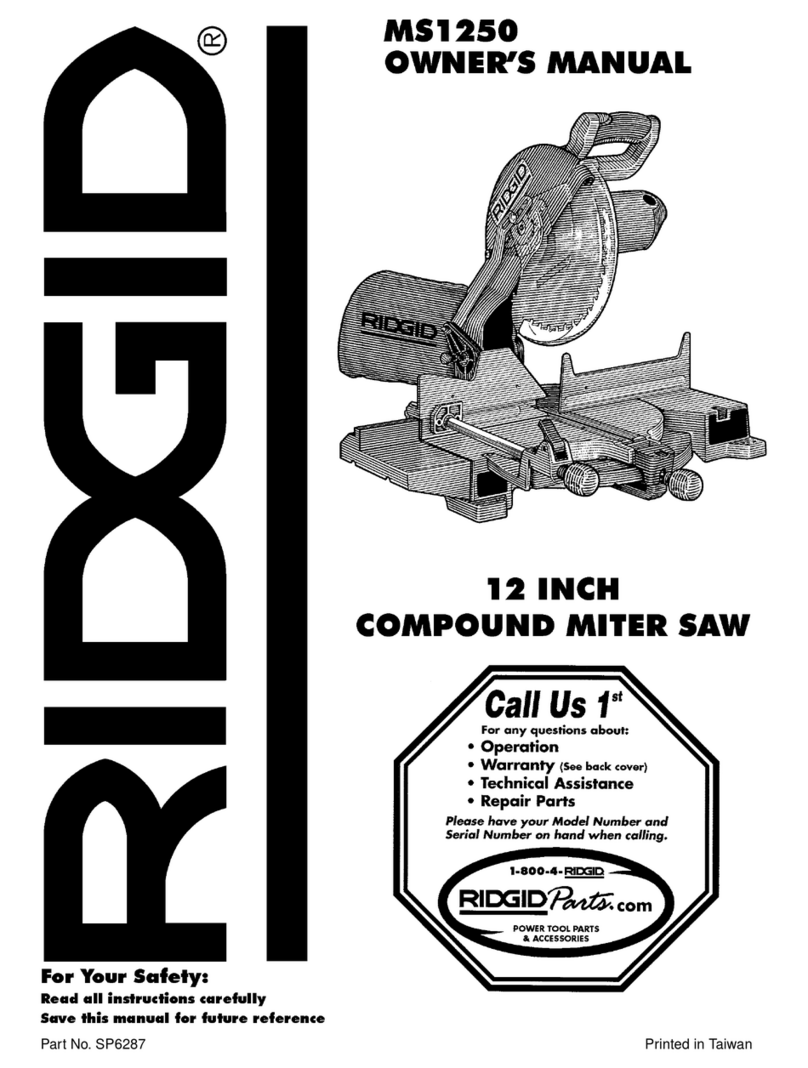
RIDGID
RIDGID MS1250 User manual































